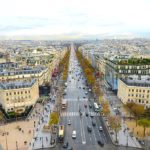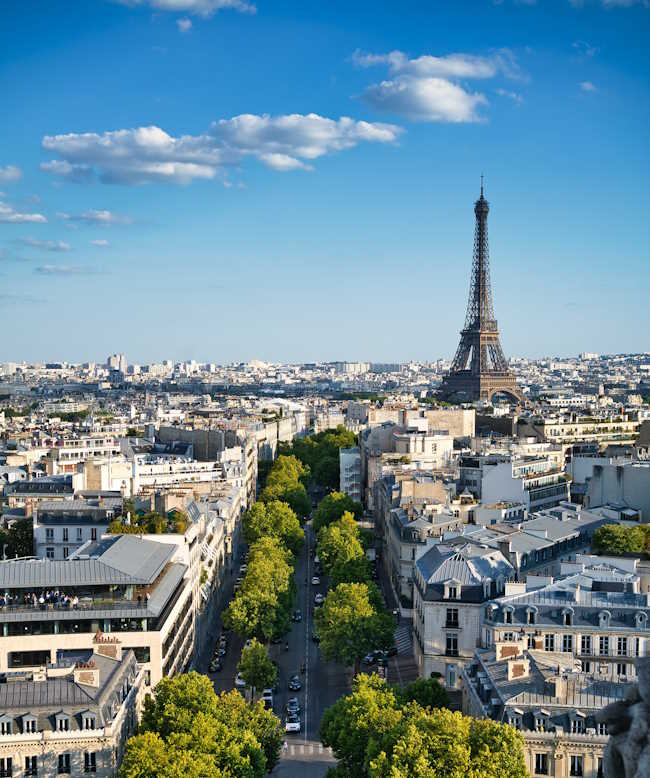
Qin Shi Huang. Photo outsourced from Wikimedia Commons
Top 10 Fascinating Facts about Qin Shi Huang
Qin Shi Huang was China’s first emperor, famous for unifying China and becoming the founder of the Qin Dynasty. He laid the foundation for the Great wall to protect the dynasty.
He was born in Zhao state as Ying Zheng or Zhao Zheng, and his parents were King Zhuang Xiang of Qin and lady Zhao.
When his father died, he overtook the throne at 13 years, but wealthy merchant Lu Buwei acted for him.
When he turned 22 years, he was old enough to rule over, and he overtook Lu Buwei, who was later banished from the state.
Are you interested to learn more about Qin Shi Huang? Below are top 1o fascinating facts about him.
1. The first emperor was king of Qin at 13
He was born a prince of the state of Qin, named Ying Zheng or Zhao Zheng. His father was King Zhuang Xiang, who died after a reign of three years.
After his father died, he succeeded to the throne at the age of 13 years, but a wealthy merchant Lu Buwei acted as regent prime minister of the state of Qin, which was fighting other six states.
In 235BC, after nine years, Zheng assumed full power, and Lu Buwei was banished for getting involved in a scandal with Queen Dowager Zhao.
2. He was responsible for the unification of China
In 230 BC Ying Zheng started final campaigns to conquer the remaining six states which were always fighting.
The first state to be conquered was Han, Zhao fell in 228BC, Wei in 225BC, the powerful Chu state in 223BC, and Qi in 221BC.
China became a unified, centralized state in 221BC, and Zheng became the first emperor to unify China. Ying Zheng standardized communication and trade, language, and currency; these strategies played a significant role in the unification.
After unification, to avoid occurrence of political chaos the emperor and his prime minister Li Si completely abolished fuedalism. They divided the empire into 36 commanderies.
3. A Great unified wall of China constructed during his reign

The Great Wall of China. Photo by Severin .stalder on Wikimedia Commons
The Qin dynasty was in constant fights with Xiongnu tribes which were undefeatable. To protect his dynasty, he ordered the construction of an enormous defensive wall.
Hundred of thousands of men were mobilized in the building, and an estimated over million workers died during the construction. The Great wall connected various state walls which had been built earlier.
4. Qin Shi Huang died at 49, searching for immortality
The emperor was afraid of death and became obsessed with immortality. He later set on a journey for elixir life. Elixir was a mythical portion that, when drank, granted external life.
He later died from elixir poisoning due to mercury poisoning pills his alchemist and court physician made. He died on September 10, 210BC.
5. He led the construction of the Lingqu Canal

Lingqu Canal. Photo by Farm on Wikimedia Commons
In 214 BC, Huang ordered the construction of a canal to attack the Baiyue tribe in the south. The canal was to be used to transport food supplies to the army.
The canal was designed by Shi Lu and is considered one of the three feats of ancient Chinese engineering. The canal connected two China major waterways and aided Qin’s expansion into the southwest.
The canal is one of the oldest contour canals globally and a UNESCO World Heritage site.
6. Qin Shi Huang was considered inhumane
The emperor ruled with an iron hand, and many scholars wrote books criticizing and condemning his ruling. The emperor ordered the burning of existing books, and he killed and buried almost 460 Confucian scholars alive.
After his death, many Confucian historians condemned him and underestimated his achievements. This made Huang infamous in many historians’ documents.
The Confucian historian’s view changed in the late 19th century up to date when he was considered a far-sighted ruler and his accomplishment of unification and standardization in China.
7. He has the most prominent grave in the world

Terracotta in Mausoleum. Photo Outsourced from Wikimedia Commons
When the emperor ascended to power, he started to build the famous mausoleum. It took him 36 years and 700,00 laborers to build it.
The tomb was found surrounded by a Terracotta army of around 6,00 life-sized Terracotta warriors. The Terracotta were created with a series of mix and match clay molds and further individualized by the artists by hand.
There were also chariots and 40,00 real bronze weapons found amongst the army.
8. Qin Shi Huang means the first emperor of the Qin

Qin Shi Huang, First Emperor of China. Photo outsourced from Wikimedia Commons
In 230 BC, Huang started a campaign to conquer the remaining six kingdoms. It took him less than ten years, and he defeated them all, bringing unification.
After defeating the states, he declared himself Qin Shi Huang. Qin stands for “of Qin,” Shi means “first,” and Huang “emperor.” Qin Shi Huang means First Emperor of Qin.
9. He ruled a short but significant dynasty
After Huang conquered the remaining state and founded the Qin Dynasty, he intended to last forever.
During his ruling, he standardized Chinese writing, and he made a standard script in calligraphy style, which led to eliminating written communication problems, especially commissioning the emperor’s orders.
He worked closely with his minister Li Si to authorize major political and economic reforms which lead to the standardization of diverse practices of the earlier Chinese states.
Qin Shi Huang developed an extensive network of roads and canals connecting the province to smoothen trade between them.
His ruling lasted 15 years after he drank poisoned mercury, which he believed gave immortal life. Later China was named after the Qin (/Chin/) dynasty or state.
10. Qin Shi Huang ruled 30 million and had 200 palaces
Huang had control over 30 million subjects and the emperor’s wealth oppressively. He moved the wealthiest 120,000 citizens into the Xianyang capital near Xian.
The emperor ordered the weapons of all the peasants to be turned in. He molded the weapons into twelve 120-ton statues for one of his 200 palaces.
Planning a trip to Paris ? Get ready !
These are Amazon’s best-selling travel products that you may need for coming to Paris.
Bookstore
- The best travel book : Rick Steves – Paris 2023 – Learn more here
- Fodor’s Paris 2024 – Learn more here
Travel Gear
- Venture Pal Lightweight Backpack – Learn more here
- Samsonite Winfield 2 28″ Luggage – Learn more here
- Swig Savvy’s Stainless Steel Insulated Water Bottle – Learn more here
Check Amazon’s best-seller list for the most popular travel accessories. We sometimes read this list just to find out what new travel products people are buying.











